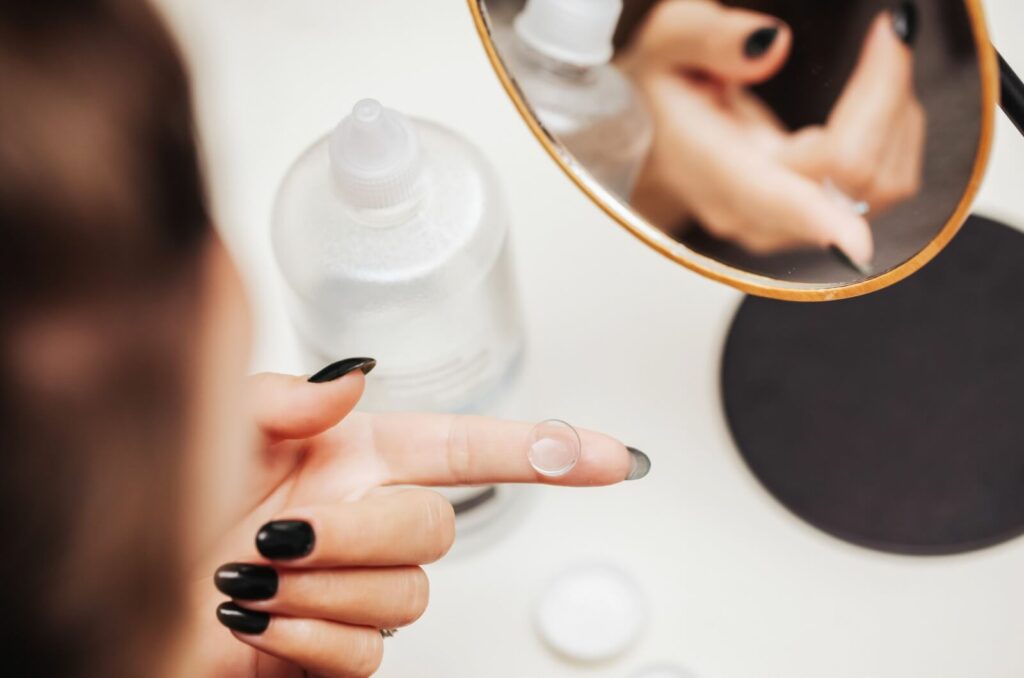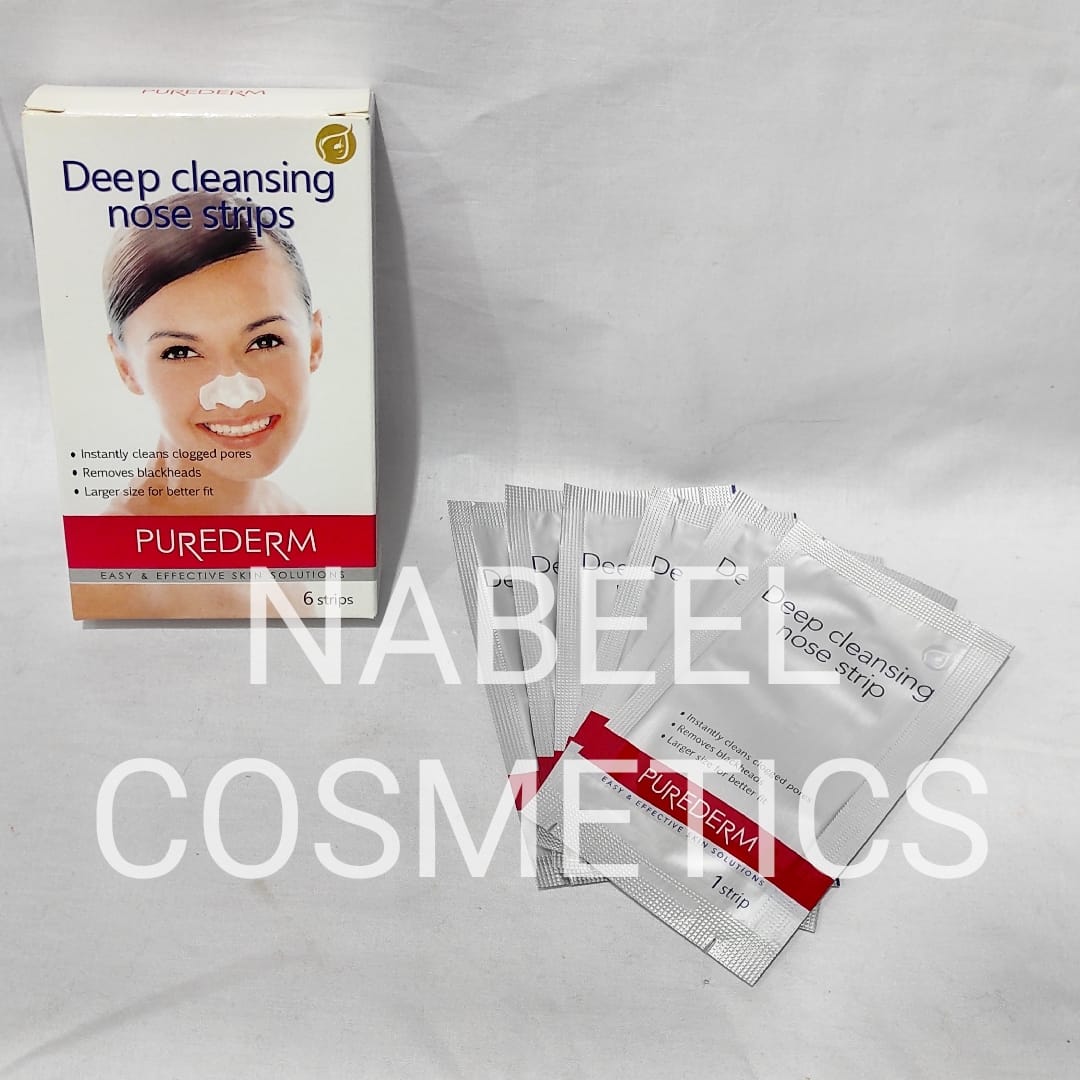With lenses now available, eye-sight problems can be corrected in ways that do not entail wearing the awkward spectacles. However, one major issue that concerns contact lens use primarily relates to its duration of use. The duration of the contact lens affects the eyes, their comfort and the results of vision correction. In this all-encompassing guide, you will learn all you need and want to know about contact lens life span, kinds of lenses, factors that have an impact on the lifespan and so much more.
Different Contact Lens and their Expected Durability
Contact lenses in general do not last forever and their durability ranges with the type of contact lens lifespan that you use. Here are the most common types of contact lenses and their respective lifespans:
-
Daily Disposable Lenses
There are those that are meant to be used for only one day that is daily disposable lenses. These lenses are intended to be worn for one day and then removed at night while sleeping. They only exist for one day for maximum ease of use, and sanitary concerns are minimized.
-
Biweekly Lenses
Biweekly lenses have to be worn for seven days to a week, and often require a replacement every two weeks. They should then be changed after this period to afford the best sanitation and comfort they can offer. As for these lenses the users are required to clean them and put them in a disinfecting solution for the night.
-
Monthly Lenses
Monthly lenses are constructed to last a month if they are taken care of properly, and they should be replaced every 30 days. In confront; they are cheaper than daily disposables, which makes them ideal for those who use their lenses on a daily basis.
-
These are known as Rigid Gas Permeable (RGP) Lenses.
RGP is firmer than soft lenses and thus had a longer life span, RGP can standby up to one year or more depending on its usage. These are tined lenses and, therefore, have to be fitted personally to the wearer and should take some time for the person who uses them to wear them comfortably.
5. Hybrid Lenses
There are the lenses that have a central clear zone with the rigid structure and the peripheral zone with the soft structure. They are expensive and can withstand up to 6-12 months, depending on how the persons using it handle it.
Factors determine the lifespan of contact lenses;
A number of things can affect the duration of the lenses, as well as their efficiency – whether they continue to be as effective as they were new. Knowledge of these factors will enable you to decide on your lens use wisely.
-
Material Composition
This type of lenses known as Silicone hydrogel lenses permits oxygen to pass through to the cornea in large quantities and thus promotes comfort besides extending the period of use.
-
Frequency of Use
They have the potential to last from two to three weeks up to wherever circumstance sees them hitting the ground. Hour limits may be violated by wearing the lens for longer periods or even exceeding the recommended time of use which may cause lens damage and eye health deterioration.
-
Care and Maintenance
Both required care and preservation are important for the safe use of reusable contact lenses. The right disinfecting solutions and lens case replacement will go a long way in avoiding contamination of the lens.
-
Environmental Factors
Contact with dust and other pollutants often renders contact lenses unsuitable for use and or shortens lifespan. As aforementioned it is always advisable to make sure your lenses are well cleaned especially after being exposed to such conditions.
-
Eye Health
General health of your eyes plays significant role on the performance of the lenses in the long run. Diseases like dry eye can make the lenses wear uncomfortable and therefore their uses are shorter than required.
Top Consequences of Contact Lens Overuse
Exceeding the recommended lifespan of your contact lenses can lead to various risks, including
1.Corneal Ulcers
Experts found that wearing of contact lens lifespan may lead to such abrasion on the corneal area which develops into painful ulcers thus needs medical attention
2. Reduced Oxygen Supply
Extended use of lenses hampers the supply of oxygen to the eyes resulting in redness, soreness and permanent damage
3. Lens Degradation
Over time, the lenses themselves may deposit on them and may begin to degrade in structure, causing discomfort and therefore lead to an affront to the quality of the vision of the wearer.
Tips on How to Get the Most out of Contact Lenses
To ensure your contact lens lifespan remain effective and safe to use, follow these best practices:
-
Follow Replacement Timetables
Clean or replace your lenses as provided in the package under manufacturers prescribed frequency. Do not use beyond the stated time limit for optimum efficiency and to avoid constant development.
-
Practice Proper Hygiene
Never touch your lenses with unwashed hands, ensure your hands are washed and dried before handling your lenses. Do not wash the lenses or the lens case with tap water.
-
Use the Correct Solution
It is also important to understand that you are supposed to use only that disinfecting solution recommended for use with the lenses. Do not dilute the solutions or use a product once it has expired.
- Avoid Sleeping in Lenses
To minimize the chances for hypoxia and infections do not wear the lenses during the night, unless prescribed by the eye care specialist.
Indications that your lenses need replacement Your lenses are as important as your eyeglasses frames since they precede the frames by performing their functions before the frames do theirs.
To avoid putting your eyes at risk, it is very important to know when to change these lenses.
Watch for the following signs:
Blurred Vision: When you have loss of clarity in vision, there may be possible lens deposit or actual damage from whatever caused the hazy appearance.
Redness or Swelling: These symptoms can be often indicative of an infection or an allergy.
Visible Damage: Before use make sure to check any signs of distress like tears, chips or discoloration in your lenses.
What Eye Care Providers Need to Know
Your eye care provider has the responsibility of guaranteeing the durability and safety of your contact lenses. Suggest what type of lenses is suitable for your everyday use considering your lifestyle and visual requirements. Advice patients on the right way to take care of their skin and the merchandise they need to buy. Recognize symptoms that may interfere with the use of lenses in the early stages of an ophthalmic disease.
Conclusion
It is therefore important to comprehend the shelf life of the contact lens lifespan and to strictly follow certain guidelines. Even if you are using disposable lenses for one day or even for a month ensure that you maintain hygiene and take your lenses for an eye check up. If you keep yourself abreast of the situation and be vigilant on the necessary precautions you can wear contact lens lifespan and reap its advantages without having to face harms or troubles.
Be a responsible consumer of eye care now and visit your eye care professional and practice these recommended guidelines above. This comes from the heart and your eyes will be grateful for each moment view!

